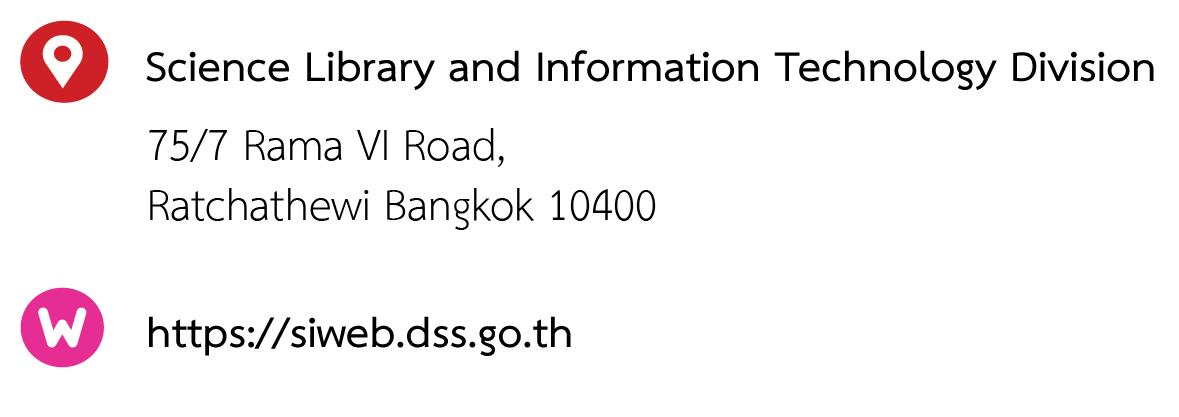Recycled poly(ethylene terephthalate) for direct food contact applications: challenge test of an inline recycling process / R. Franz, F. Welle
Call Number: Repr.M30 Material type: ArticleSubject(s): Polyethylene Terephthalate | Recycling
In:
Food Additives & Contaminants 19(5)2002:502-511Summary: Of all the plastics used for packaging, due to its low diffusivity and chemical inertness, poly(ethylene terephthalate) (PET) is one of the favoured candidate plastics for closed-loop recycling for new packaging applications. In the work reported here, a PET-recycling process was investigated with respect to its cleaning efficiency and compliance of the PET recyclate with food law. The key technology of the investigated PET-recycling process to remove contaminants consists of a predecontamination-extruder combination. At the end of the recycling process, there is either a pelletizing system or downstream equipment to produce preforms or flat sheets. Therefore, the process has two process options, an inline production of PET preforms and a batch option producing PET pellets. In the case of possible misuse of PET bottles by the consumer, the inline process produces higher concentrations in the bottle wall of the recyclate containing preforms. Owing to the dilution of the PET output material by large amounts of uncontaminated PET, the batch option is the less critical process in terms of consumer protection. Regarding an appropriate testing procedure for the evaluation of a bottle-to-bottle recycling process, both process options have their own specific requirements with respect to the design of a challenge test. A novel challenge test approach to the inline mode of a recycling process is presented here.
ArticleSubject(s): Polyethylene Terephthalate | Recycling
In:
Food Additives & Contaminants 19(5)2002:502-511Summary: Of all the plastics used for packaging, due to its low diffusivity and chemical inertness, poly(ethylene terephthalate) (PET) is one of the favoured candidate plastics for closed-loop recycling for new packaging applications. In the work reported here, a PET-recycling process was investigated with respect to its cleaning efficiency and compliance of the PET recyclate with food law. The key technology of the investigated PET-recycling process to remove contaminants consists of a predecontamination-extruder combination. At the end of the recycling process, there is either a pelletizing system or downstream equipment to produce preforms or flat sheets. Therefore, the process has two process options, an inline production of PET preforms and a batch option producing PET pellets. In the case of possible misuse of PET bottles by the consumer, the inline process produces higher concentrations in the bottle wall of the recyclate containing preforms. Owing to the dilution of the PET output material by large amounts of uncontaminated PET, the batch option is the less critical process in terms of consumer protection. Regarding an appropriate testing procedure for the evaluation of a bottle-to-bottle recycling process, both process options have their own specific requirements with respect to the design of a challenge test. A novel challenge test approach to the inline mode of a recycling process is presented here.
สนใจติดต่อขอรับบริการเอกสารฉบับเต็มที่ one stop service (สำนักหอสมุดฯ) หรือ e-mail ([email protected]) โทร. 0 2201 7254-56, 0 2201 7287-89 (จัดเก็บชั้น 5 - Repr.M30)
YJ2019 M07
Of all the plastics used for packaging, due to its low diffusivity and chemical inertness, poly(ethylene terephthalate) (PET) is one of the favoured candidate plastics for closed-loop recycling for new packaging applications. In the work reported here, a PET-recycling process was investigated with respect to its cleaning efficiency and compliance of the PET recyclate with food law. The key technology of the investigated PET-recycling process to remove contaminants consists of a predecontamination-extruder combination. At the end of the recycling process, there is either a pelletizing system or downstream equipment to produce preforms or flat sheets. Therefore, the process has two process options, an inline production of PET preforms and a batch option producing PET pellets. In the case of possible misuse of PET bottles by the consumer, the inline process produces higher concentrations in the bottle wall of the recyclate containing preforms. Owing to the dilution of the PET output material by large amounts of uncontaminated PET, the batch option is the less critical process in terms of consumer protection. Regarding an appropriate testing procedure for the evaluation of a bottle-to-bottle recycling process, both process options have their own specific requirements with respect to the design of a challenge test. A novel challenge test approach to the inline mode of a recycling process is presented here.



There are no comments on this title.